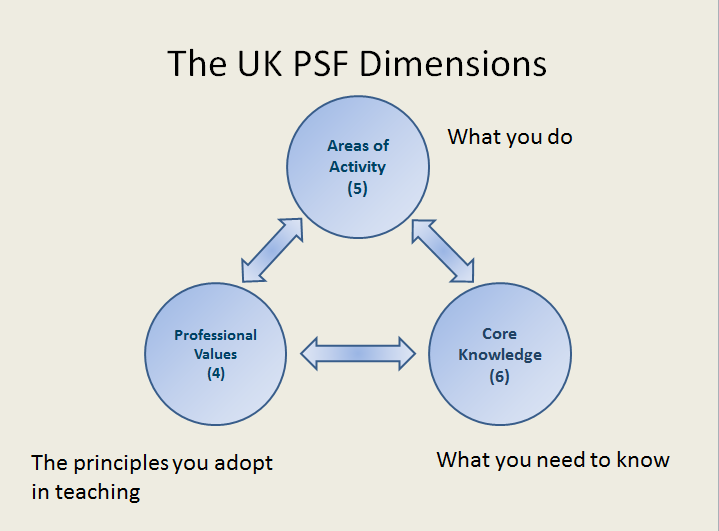
Did you make pancakes for Shrove Tuesday? What was your recipe? Your preferred style of cooking?
Making pancakes this past week and watching others do it made me draw upon the metaphor of teaching is like a cook making pancakes. Teachers are the cooks, students the pancakes.
We can essentially have the same core ingredients of flour, eggs and milk with some notable and argued variations in my house!), yet with different pan sizes and styles (flat or sides), whether you use butter or oil to grease the pan, the heat of the flame, tossing it or turning it with a spatula, you can get varied results. Not enough cooking – it’ll be edible, probably, but a bit chewy. Some can come out like scrambled eggs. Take your eye off it – a burnt disaster. And then after its cooked, you have a diverse range of toppings to apply, recognising the diversity of our learners and their preferences.
Just like our students, teachers (cooks) are different and multi-faceted. There is no one size fits all approach and no one particular teaching style that we adopt.
This is the message that has across from discussing ‘what is your metaphor’ for teaching with students on the PGCert and through other conversations with colleagues. There’s a lot of literature on metaphors for teaching, what each represents and we had a rich, engaging discussion of what images ‘said’ to our colleagues as teachers and which particular metaphor they associated with.
It was then further reinforced in Wednesday’s (6th March) 7Cs seminar series where Dr. Nigel Francis shared his teaching journey as a precursor around his story for flipping his classroom. Drawing on a quote from Jay Cross, Nigel talked about whether your teaching style is like riding a bus, dictating the journey for students who might be bored looking out the window, or whether you are on a bike ride with them, where they might occasionally wobble, fall off and go a different path, but you get to the same destination in the end while engaging and empowering the riders. Powerful metaphors for letting go and guiding students.
That being said, while we might have a preferred approach to teaching, what struck me is that we might employ a range of approaches, depending on level of study, our students’previous experiences and background, within the same teaching session, across modules. Indeed Nigel outlined that in some circumstances, while active learning is desirable in most cases, there may be a place for more didactic style of teaching – but that’s possibly the material that you ‘flip’.
To quote an idiom – “Don’t throw the baby out with the Bathwater” (https://dictionary.cambridge.org/dictionary/english/throw-the-baby-out-with-the-bathwater) to teaching approaches and strategies that may be effective in particular circumstances. Its valuable to equip yourself with the appropriate tool and strategy for the learning activity you are faced with.

This is where the flexible interchange of the UKPSF dimensions of practice come to mind and in which you recognise yourself as a Fellow of the Higher Education Academy. The UKPSF, portrayed as a triangular interaction between the Areas of Activity, Core Knowledge and Professional Values, teaching is much more complex, overlayed and fluid than the diagram suggests.
So, some things to think about. What’s your metaphor for your teaching style?
Editor’s Notes
Blogpost specifically on Nigel’s session coming soon and repeat of Nigel’s session is on 15th May 2019 – book here: https://www.eventbrite.co.uk/e/7cs-seminar-becoming-a-better-teacher-the-flipped-classroom-tickets-57723896729
More information about the 7Cs seminar series: https://spark.adobe.com/page/vUuxhmKq2iJkz/
Also, an online chat planned the week of May 13th 2019 to discuss differences in your styles. More details to follow.
Jay Cross’s metaphor appears in “Informal Learning: Rediscovering the Natural Pathways That Inspire Innovation and Performance” 2006, published by Pfeiffer & Company


